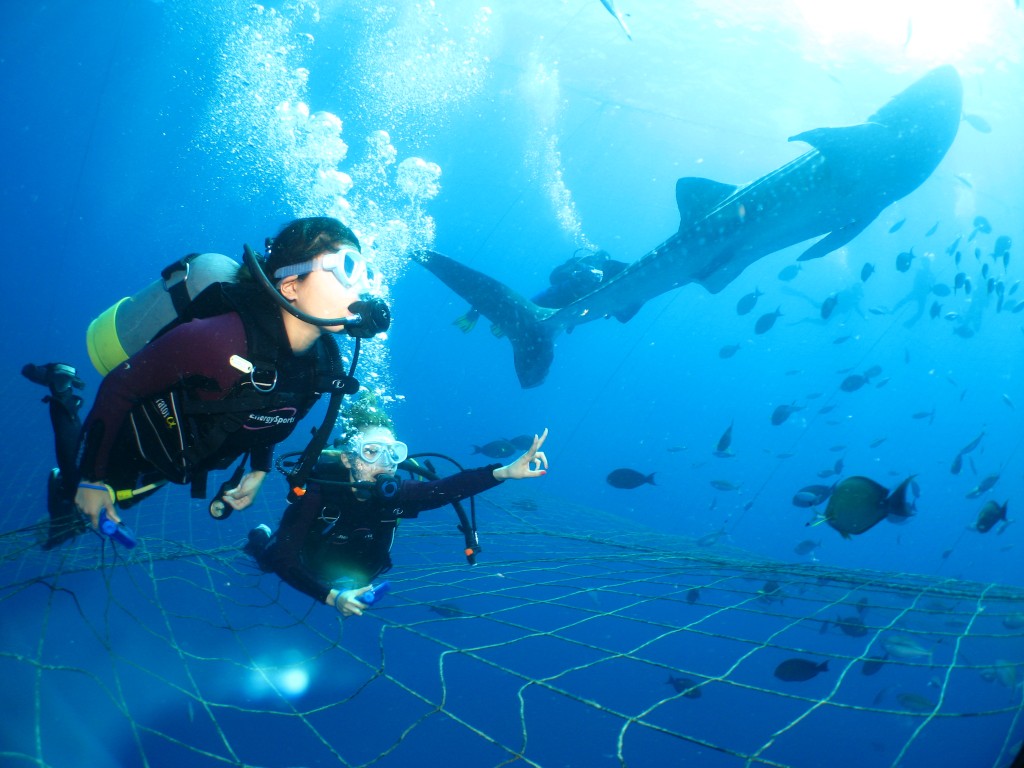
Okinawa: Zakimi Castle and Yuntanza Museum Heritage Tour
Discover the rich tapestry of Okinawa’s history on this 1.5-hour tour of Zakimi Castle and the Yuntanza Museum. From the sacred age of gusuku to the scars of World War II, explore Yomitan Village’s journey through time. Begin at the Yuntanza Museum, where insightful exhibits illuminate the region's architectural marvels and wartime resilience. Ascend to Zakimi Castle, a well-preserved fortress from the 15th century, and learn about its dual role as a cultural and military site. Enjoy breathtaking views from the castle's outer walls, connecting with Okinawa's layered past as you walk the stone paths of history.
- 1.5-hour guided tour of Zakimi Castle and Yuntanza Museum
- Explore the architectural beauty and spiritual significance of Zakimi
- Learn about Okinawa’s wartime history and resilience against air raids
- Enjoy panoramic views of Yomitan and the East China Sea from the castle
Options
Okinawa: Zakimi Castle and Yuntanza Museum Heritage Tour
What's included in Okinawa: Zakimi Castle and Yuntanza Museum Heritage Tour
(Subject to Option Inclusions)Itinerary
The Yuntanza Museum is the ideal starting point for anyone wishing to explore the deep layers of Yomitan’s cultural and historical identity. This modern facility offers a compelling overview of the Ryukyuan past, with exhibits covering everything from local folklore and traditional crafts to the profound scars left by the Battle of Okinawa. One of its highlights is the detailed interpretation of Zakimi Castle’s architectural and spiritual significance. Visitors gain essential context on Ryukyuan castle-building traditions and the lives of the people who lived in and around these sacred fortresses. The museum also presents moving accounts of Yomitan’s experience during World War II, including civilian suffering, the repurposing of historical sites for military use, and the area's transformation during and after U.S. occupation. A visit here offers a rare opportunity to understand how a single village embodies centuries of Okinawan resilience.
Zakimi Castle Ruins
Perched atop a hill overlooking Yomitan Village, Zakimi Castle is a stunning example of 15th-century Ryukyuan gusuku architecture, known for its sweeping stone walls and peaceful atmosphere. Built by renowned general Gosamaru, the castle originally served both defensive and spiritual purposes, featuring elegant archways, stone foundations of former halls, and sacred sites for religious rites. What sets Zakimi apart is its graceful curves, achieved through interlocking keystones and dry masonry techniques—a feat of engineering without modern tools. During World War II, the site was transformed into a Japanese anti-aircraft artillery post, and later became part of a U.S. military communications base. Yet, despite these upheavals, the essence of the castle as a symbol of Ryukyuan dignity and craftsmanship has endured. Standing atop its ramparts today offers more than just a scenic view—it’s a moment to reflect on Okinawa’s centuries-old balance of defense, devotion, and survival.
Inclusions
- Visit to Zakimi Castle
- Panoramic views of Yomitan and the East China Sea
- Guided tour of Yuntanza Museum
- Lunch
- Service animals allowed
- Public transportation options are available nearby
- Suitable for all physical fitness levels
Meet
Pickup and Dropoff
You will make your own way to the meeting points
Meeting / End Points
- Meeting Point: In front of the entrance to the Yuntanza Museum. Your guide will be waiting with a yellow sign. Please refer to the map for details.






